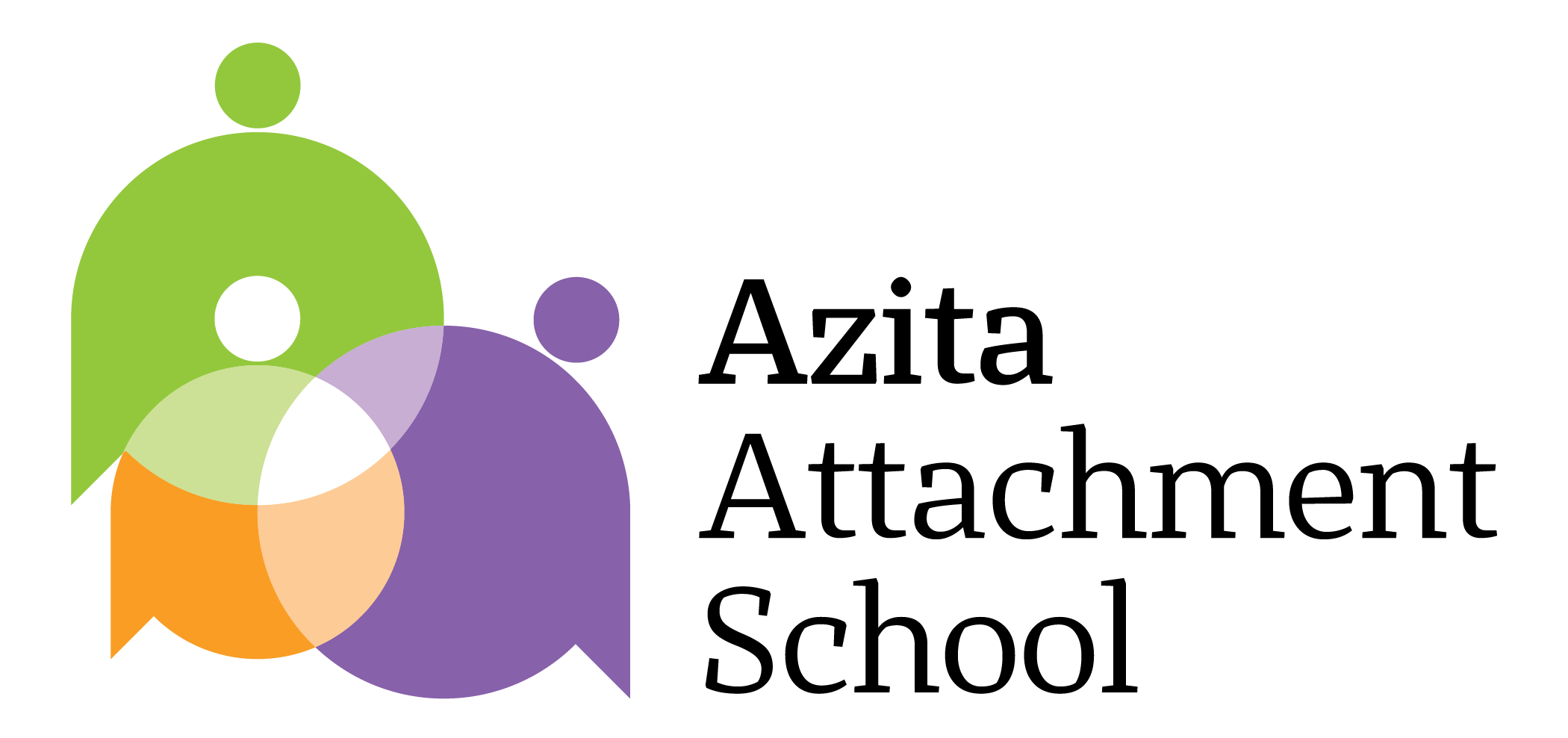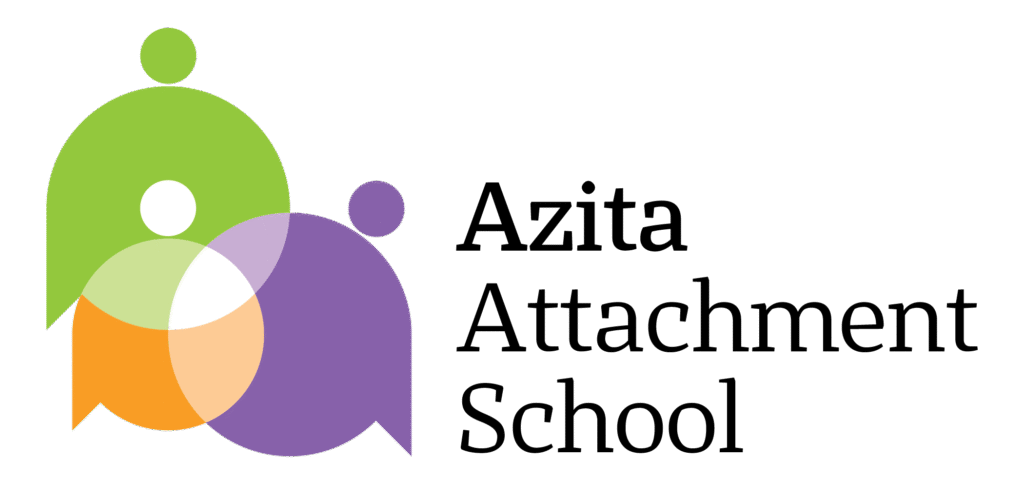This article highlights five common parenting patterns rooted in insecure attachment and provides practical ways to shift toward secure and responsive parenting.
Introduction
No parent is perfect—but some parenting patterns are rooted not in conscious choice, but in the wounds of childhood. When unresolved attachment experiences shape how we respond to our children, we may unknowingly create insecurity in the next generation. Awareness of these patterns is the first step toward building safe and emotionally responsive relationships.
Section 1: Who Is an Insecure Parent?
Insecure parents are not necessarily abusive or neglectful. Often, they were once children themselves who lacked consistent love, safety, or emotional attunement. Their parenting tends to come from a place of protection and survival, not connection.
Section 2: Five Common Mistakes and How to Repair Them
1. Dismissing the Child’s Emotions
✅ Common behavior: “Stop crying!” / “It’s not a big deal.”
❌ Hidden message: Your feelings don’t matter.
🔁 Repair: Name the feeling (“I see you’re upset”) and stay present instead of silencing them.
2. Emotional Inconsistency
✅ Common behavior: Sometimes overly nurturing, other times withdrawn or cold
❌ Hidden message: I don’t know if I can rely on you.
🔁 Repair: Practice consistent presence. Even quiet empathy is more secure than emotional unpredictability.
3. Using Shame or Blame as Discipline
✅ Common behavior: “You always mess up!” / “You should be ashamed of yourself!”
❌ Hidden message: You’re fundamentally bad.
🔁 Repair: Focus on the behavior, not the person: “That behavior caused problems today, but I know you’re a good kid.”
4. Tying Love to Performance
✅ Common behavior: “If you do this, I’ll love you.”
❌ Hidden message: Love is conditional and unstable.
🔁 Repair: Emphasize unconditional connection: “I love you, even when you make mistakes.”
5. Avoiding Conflict Instead of Regulating It
✅ Common behavior: Avoiding difficult conversations or walking away from emotional moments
❌ Hidden message: Big feelings are dangerous or unacceptable.
🔁 Repair: Model healthy confrontation: “I’m not here to judge—I just want to understand what happened.”
Section 3: Secure Parenting Begins with Repair
Changing these patterns takes self-awareness, intention, and sometimes professional support. Parents who can observe and revise their behaviors not only raise more securely attached children—they also heal parts of themselves.
Suggested Reading:
“Parenting After Trauma: From Survival to Secure Connection”


